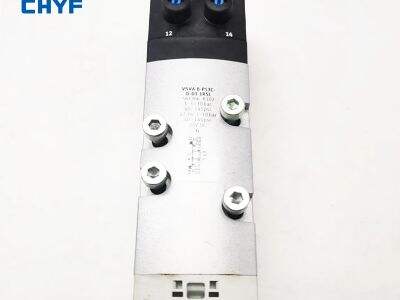Ever wonder how machines and appliances manage the flow of liquids and gases? One key component that assists with this is a solenoid valve. A solenoid valve is kind of like a little helper, which can open and close pathways for fluids to flow. They are employed in numerous apparatus and gadgets to ensure that everything works fine.
Understanding Different Types of Solenoid Valves
There are different types of solenoid valves, each designed to perform specific types of work. For instance, there are solenoid valves, which open and close due to a special force from a coil. Others, known as pilot-operated solenoid valves, rely on a small control valve to assist in opening and closing the main valve. Each design has its own mechanism for managing the flow of fluids.
Real-Life Uses of Solenoid Valves in Different Areas
Solenoid valves are employed in numerous industries to control the flow of liquids and gases. Solenoid valves in cars also regulate fuel and air in the engines. They are found in machines used in hospitals like ventilators to control the flow of oxygen. Solenoid valves are also found in household appliances, such as washing machines and dishwashers, where they control the flow of water.
Solenoid Valves and How They Control Flow of Fluids in an Industrial Setting
Solenoid valvess are used for controlling the flow of liquids in factories. For instance, if a machine requires a certain quantity of water to operate, the solenoid valve opens and closes at the appropriate moment to admit water to the machine, and to release water from the machine. This also keeps the machine running smoothly, efficiently.
Advantages of Using Automated Systems With Solenoid Valves
One major advantage of Solenoid valves in automated systems is they can be controlled remotely. That way you can control a machine or equipment without needing to manually change the flow of fluids. Plus, solenoid valves are durable and tough, which is perfect for a business that wants to automate tasks.


